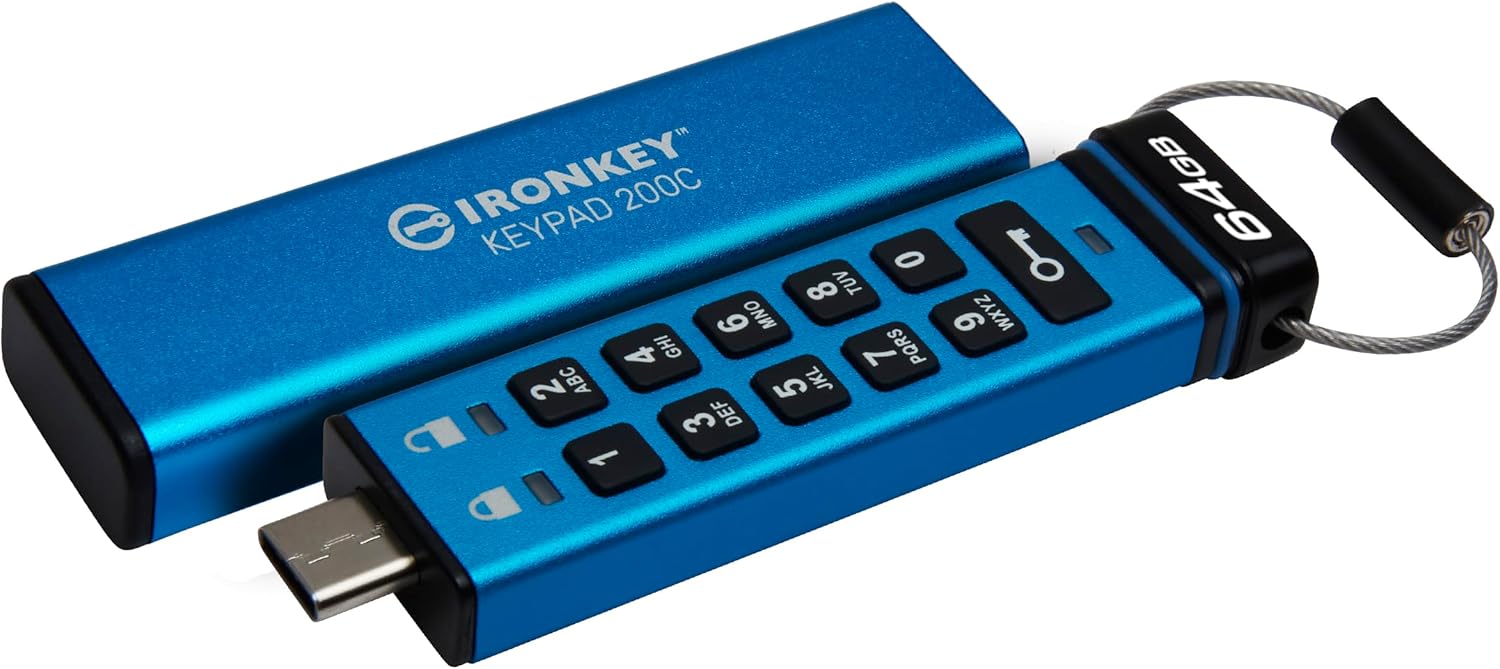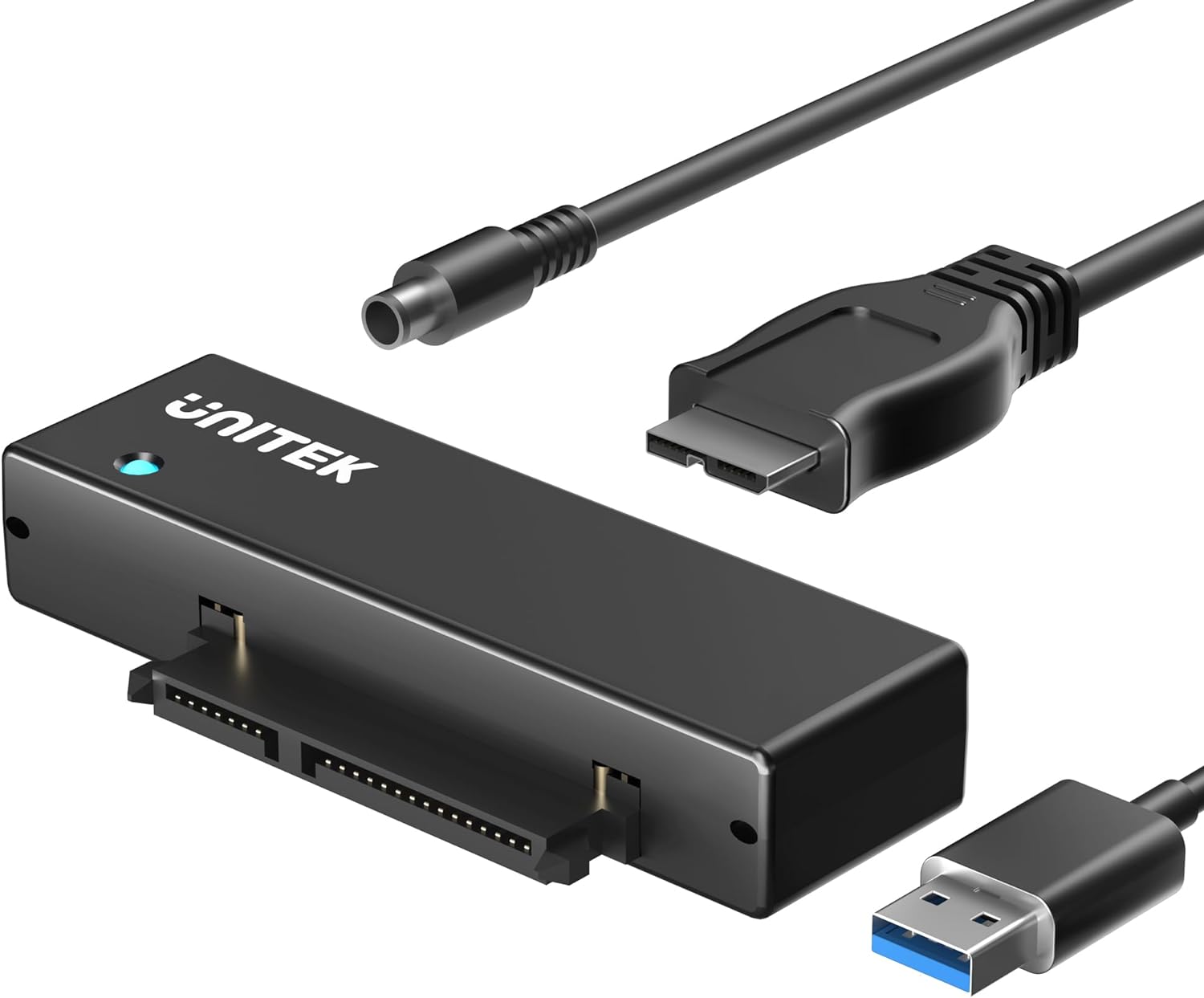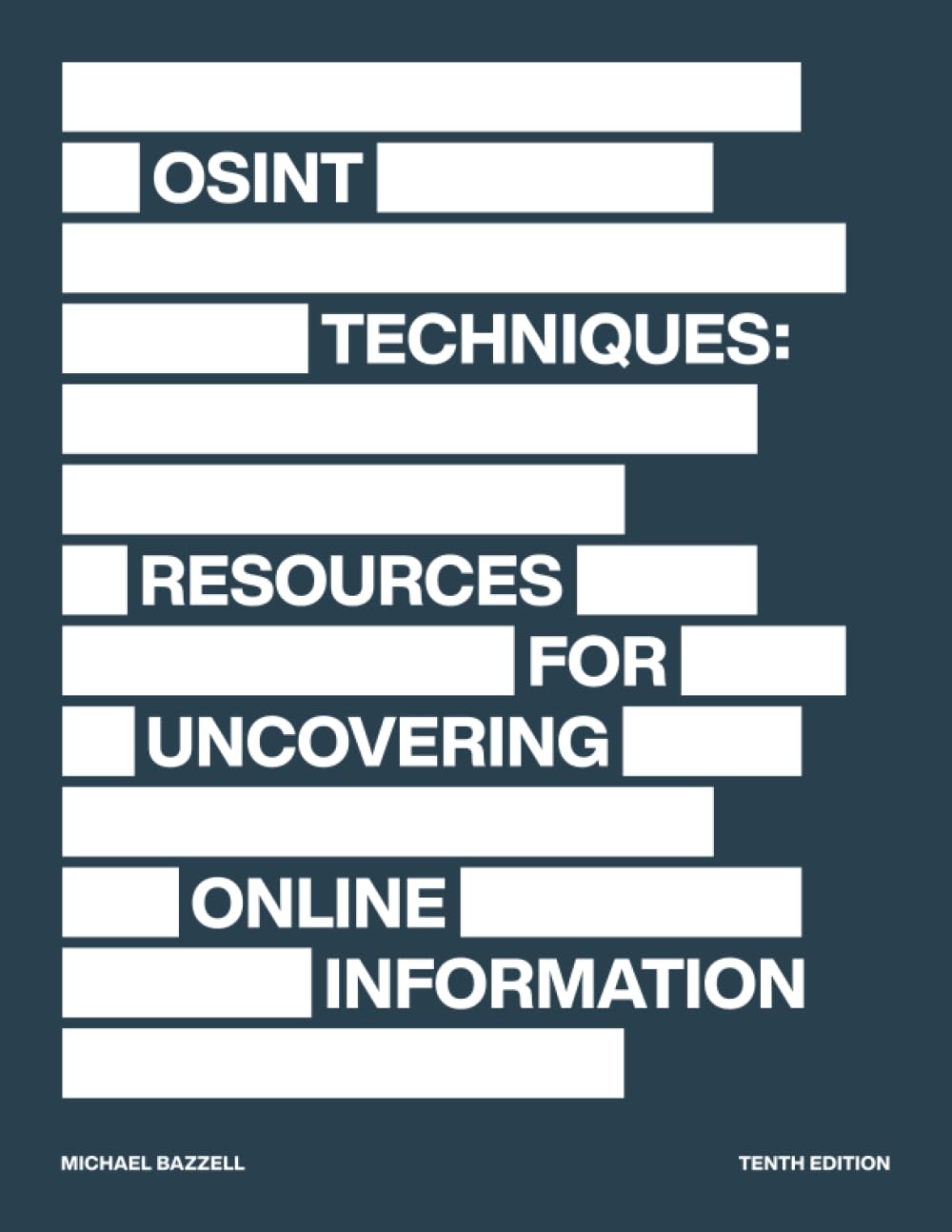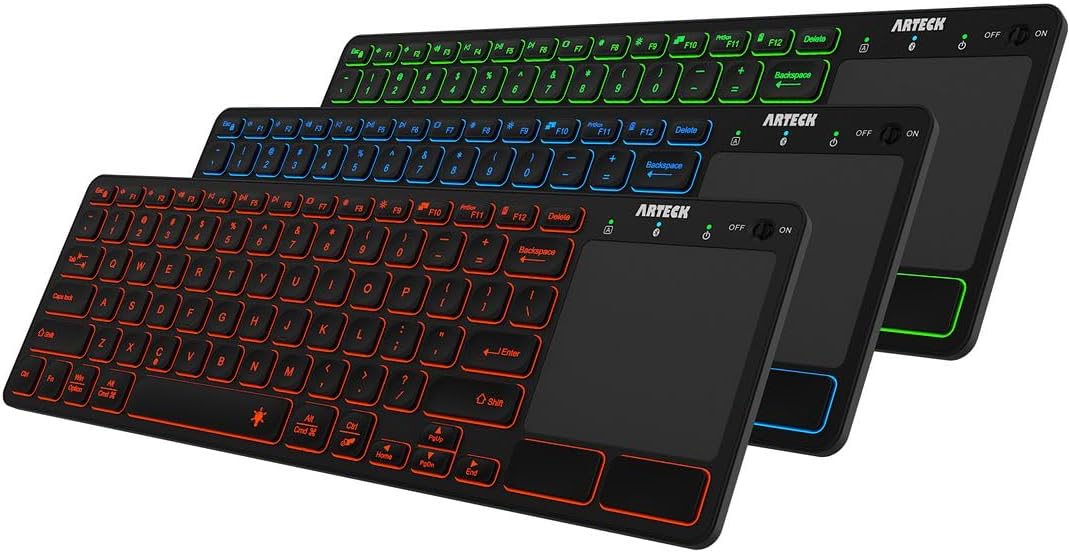Rediscovering Security with Rumble: The Network Discovery Tool
Mapping the unseen: How Rumble illuminates hidden network assets.

Uncovering Hidden Network Treasures with Rumble
In the vast and ever-evolving landscape of cybersecurity, the ability to conduct thorough and effective network discovery has become more crucial than ever. As cybersecurity professionals and bug bounty hunters delve deeper into the complexities of modern networks, the need for tools that can not only scan but also reveal the intricacies of these networks becomes apparent. Enter Rumble, a tool that stands out in the cybersecurity toolkit for its exceptional ability to uncover hidden network assets that other tools might overlook.
Please note that Rumble has recently been renamed to runZero. However, for this article and to honor the tool’s origins and recognition in the cybersecurity community, we will continue to refer to it by its original name, “Rumble.”
Rumble’s emergence as a potent network discovery tool has transformed how security assessments are conducted. With its rapid scanning capabilities, accurate asset inventory, and nuanced vulnerability detection, Rumble provides a unique advantage by illuminating parts of the network that were previously in the shadows. This introduction to Rumble’s world is more than just an overview; it’s an invitation to explore how this tool can revolutionize your approach to network security.
By integrating Rumble into your cybersecurity practices, you gain the ability to perform comprehensive scans quickly, identify a wider range of network assets—including those often missed by conventional tools—and detect vulnerabilities with precision. This guide aims to acquaint you with Rumble’s impressive features and demonstrate how leveraging this tool can enhance your reconnaissance phase, provide deeper insights into your security posture, and ultimately strengthen your defense mechanisms.
As we navigate through Rumble’s capabilities and applications, we’ll uncover how its detailed reporting and ease of use make it an indispensable asset for anyone looking to secure complex network environments. Whether you’re a seasoned security professional or a diligent bug bounty hunter, Rumble offers a fresh perspective on target enumeration and vulnerability identification, making it a must-have in your arsenal for a more holistic and effective security assessment.
Getting Started with Rumble: Setup and Configuration
Embarking on the journey with Rumble begins with a straightforward installation and configuration process designed to usher users swiftly into the realm of advanced network discovery. Here, we aim to guide you through setting up Rumble, ensuring you’re equipped and ready to launch your first network scan confidently.
Installation
Rumble can be installed on various operating systems, each requiring a simple set of steps:
- Windows: Download the Rumble installer from the official website. Run the installer and follow the on-screen instructions to complete the installation.
- macOS/Linux: Rumble offers a portable binary for macOS and Linux systems. Download the appropriate version from Rumble’s website, unzip the package, and run the executable from the terminal to start the Rumble scanner.
- Cloud and Virtual Environments: For those operating in cloud or virtualized environments, Rumble provides detailed documentation on deploying Rumble scanners across platforms such as AWS, Azure, and VMware, facilitating seamless integration into your existing infrastructure.
Configuration
Once Rumble is installed, configuring it for your initial scan involves a few key steps:
- API Key Configuration: Upon signing up for Rumble, you’ll be provided with an API key. Enter this key during the initial setup or through the Rumble console to authenticate your instance.
- Setting Scan Targets: Rumble allows you to precisely define your network scan’s scope. Configure your scan targets by specifying IP ranges, subnets, or specific host addresses you wish to explore.
- Scan Options: Rumble offers various scan types to suit different needs and environments. Choose from a quick scan for a fast overview, a full scan for a comprehensive inventory, or custom scans tailored to specific requirements.
- Notifications and Reporting: Configure notification settings to receive alerts upon scan completion. Rumble’s reporting options can be customized to generate insights in formats that best serve your analysis needs.
Launching Your First Scan
With Rumble configured, launching your first scan is as simple as selecting your scan targets and options and then clicking the “Start Scan” button. As the scan progresses, Rumble’s dashboard will begin to populate with real-time data, offering an immediate glimpse into the network assets and potential vulnerabilities uncovered by the scan.
This initial setup and configuration phase is crucial in ensuring that Rumble operates smoothly within your cybersecurity framework. By tailoring Rumble’s settings to your specific network environment and security objectives, you lay the groundwork for deeper insights and a more secure network landscape.
As you become more familiar with Rumble’s setup and configuration, you’ll be better positioned to leverage its full potential in your ongoing security assessments. The next sections will delve into optimizing Rumble’s performance and integrating its findings into your broader security strategies, further enhancing your capability to effectively identify and address network vulnerabilities.
Optimizing Scans with Rumble: Advanced Configuration
Once you’ve familiarized yourself with Rumble’s basic setup, delving into its advanced configuration options can significantly enhance the tool’s scanning effectiveness. This section is dedicated to providing you with strategies for fine-tuning Rumble’s performance, enabling more detailed asset discovery and efficient vulnerability detection.
Customizing Scan Options for Depth and Speed
Rumble’s flexibility allows you to tailor scans to balance thoroughness with speed, ensuring you can adapt to various operational requirements:
- Adaptive Scanning: Leverage Rumble’s adaptive scanning feature automatically adjusts the scan intensity based on network responsiveness. This ensures comprehensive coverage without overwhelming network resources.
- Parallel Scanning: Increase the number of parallel scan jobs to expedite the scanning process. Adjusting this setting can significantly reduce scan times on larger networks, though it may require careful balancing to avoid network congestion.
- Exclusion Lists: Define networks or assets you wish to exclude from scans. This is particularly useful for avoiding sensitive systems or segments where scanning may cause disruptions.
Focusing on Relevant Asset Types
Rumble allows for scans to be focused on specific types of assets or services, making your reconnaissance efforts more targeted:
- Service-based Scans: Specify particular services or ports of interest to concentrate scanning efforts on potentially vulnerable or critical assets.
- Operating System Targeting: Use Rumble’s ability to recognize various operating systems to tailor your scans toward specific platforms, particularly those known for their susceptibility to certain vulnerabilities.
Performance Optimization
Optimizing Rumble’s performance involves a balance between speed, accuracy, and network impact:
- Rate Limiting: Control the scan rate to minimize the impact on network performance, particularly in environments sensitive to increased traffic.
- Timeout Adjustments: Customize timeout settings for slow-responsive devices to ensure they’re adequately assessed without unduly prolonging the scan duration.
- Scan Scheduling: Schedule scans during off-peak hours to mitigate potential disruptions and manage the operational load on network resources.
Leveraging Custom Scripts and Integrations
Rumble supports the use of custom scripts and integrations to enhance scanning capabilities:
- Scripting Engine: Utilize Rumble’s scripting engine to automate specific scanning and post-processing tasks, aligning with unique operational requirements.
- Third-party Integrations: Integrate Rumble’s findings with other security tools and platforms for a unified view of your security posture, enabling more effective cross-tool analysis and response strategies.
Cybersecurity professionals and bug bounty hunters can significantly enhance their network discovery and vulnerability identification efforts by taking advantage of Rumble’s advanced configuration options. These tips ensure more efficient and targeted scans and help minimize network operations’ impact, leading to a more effective and responsible use of this powerful reconnaissance tool.
Integrating Rumble into Security Workflows: A Seamless Approach
Integrating Rumble into existing security workflows can significantly enhance your cybersecurity practices, providing a more comprehensive view of network assets and vulnerabilities. This section outlines strategies to incorporate Rumble’s findings into broader security analyses, emphasizing how it complements and enriches other tools and methodologies used in security assessments and bug bounty hunting.
Enriching Initial Reconnaissance
Rumble’s detailed asset inventory and vulnerability detection capabilities make it an invaluable tool for the initial stages of security assessments:
- Pre-Assessment Planning: Use Rumble’s network scans to identify the scope of assets and potential entry points. This information can help define the focus areas for subsequent penetration tests or vulnerability assessments.
- Asset Identification: Incorporate Rumble’s asset discovery findings into your security information and event management (SIEM) systems or asset management tools to ensure a comprehensive inventory that includes previously unseen devices and services.
Complementing Vulnerability Scanners
While Rumble excels in asset discovery, integrating its data with dedicated vulnerability scanners can offer a more nuanced view of network security posture:
- Targeted Scanning: Use Rumble’s output to pinpoint specific assets for deeper vulnerability scans, ensuring resources are focused on areas with potential security gaps.
- Data Correlation: Cross-reference Rumble’s findings with results from vulnerability scanners to identify discrepancies and confirm the presence of vulnerabilities, streamlining the validation process.
Enhancing Bug Bounty Hunting
For bug bounty hunters, Rumble’s ability to uncover hidden network assets can uncover lucrative targets:
- Hidden Endpoint Discovery: Utilize Rumble to find obscure subdomains or services that may be less secure, providing new avenues for exploitation.
- Comprehensive Testing: Integrate Rumble’s asset data into your testing workflow to ensure no potential target is overlooked, enhancing the thoroughness of your security research.
Automating Continuous Monitoring
Rumble can be integrated into continuous monitoring solutions to automatically detect changes in the network landscape:
- Change Detection: Set up automated Rumble scans to alert new devices or services appearing on the network, enabling rapid response to potential security risks.
- Vulnerability Tracking: Use Rumble’s vulnerability detection in conjunction with continuous monitoring tools to track the resolution of identified issues and ensure network assets remain secure over time.
Bridging with Incident Response
In the event of a security incident, Rumble’s asset inventory can aid in the response process:
- Scope Determination: Quickly identify which assets may be affected by an incident, aiding in containment efforts.
- Forensic Analysis: Leverage Rumble’s detailed asset information to assist in forensic investigations, providing context on compromised systems and potential attack vectors.
By effectively integrating Rumble into security workflows, professionals can enhance their ability to detect, analyze, and respond to security threats. Rumble enriches the initial reconnaissance phase and complements other security tools and methodologies, offering a more holistic approach to cybersecurity assessment and bug bounty hunting.
Case Studies: Rumble’s Role in Unveiling Hidden Network Insights
Rumble’s network discovery and asset identification prowess has proven invaluable across numerous security assessments and investigations. This section delves into anonymized case studies that highlight Rumble’s effectiveness in revealing critical network assets and vulnerabilities, demonstrating its significant impact on enhancing organizational security postures.
Discovering Uncharted Network Territory
In one notable case, a medium-sized enterprise utilized Rumble for a routine network audit and was surprised to discover several operational but unaccounted-for devices connected to their network. These included legacy servers running outdated software, which were immediately identified as potential security liabilities. Rumble’s comprehensive scanning capabilities allowed the security team to quickly locate these devices, leading to their prompt removal or update, thereby mitigating possible entry points for attackers.
Exposing Misconfigured Cloud Resources
Another case involved a tech company expanding its cloud infrastructure. Using Rumble, the company’s security team uncovered misconfigured cloud storage instances that were inadvertently exposed to the public internet. These storage instances contained sensitive data that could have led to a data breach. Rumble’s detailed asset inventory enabled the team to rectify the misconfigurations, secure the data, and reinforce the company’s cloud security posture.
Strengthening Security Through Vulnerability Identification
A cybersecurity consultancy firm deployed Rumble as part of a comprehensive security assessment for a client. Rumble identified several previously unknown subdomains associated with the client’s main domain. Further investigation of these subdomains revealed vulnerabilities in web applications that were under development but mistakenly exposed to the internet. This discovery allowed the consultancy to address the vulnerabilities before they could be exploited, significantly reducing the client’s risk exposure.
Enhancing Incident Response with Rapid Asset Identification
In an incident response scenario, Rumble was used to rapidly map an organization’s network assets under a suspected active attack. Within minutes, Rumble provided a detailed view of the network, enabling the incident response team to quickly identify the compromised systems and effectively contain the breach. The speed and accuracy of Rumble’s asset discovery were pivotal in minimizing the incident’s impact and restoring normal operations.
These case studies underscore the profound impact that Rumble can have on identifying hidden threats and reinforcing network security. By leveraging Rumble’s network discovery capabilities, organizations can better understand their digital footprint, uncovering and addressing vulnerabilities that might otherwise go unnoticed.
As we continue to navigate the complexities of modern network environments, Rumble emerges as an essential tool for cybersecurity professionals and bug bounty hunters alike, offering unparalleled insights and contributing to a more secure digital landscape.
Best Practices for Deploying Rumble: Ensuring Effective and Ethical Network Discovery
The integration of Rumble into your network discovery and security assessment processes can significantly enhance your ability to identify and catalog network assets efficiently. However, the power of such a comprehensive tool demands a responsible approach to its deployment. This section provides best practices to ensure that Rumble is used effectively, ethically, and with minimal impact on network performance.
Ethical Considerations in Network Scanning
- Permission is Paramount: Always obtain explicit authorization before scanning networks, especially if they do not belong to your organization. Unauthorized scanning can be considered intrusive and may lead to legal repercussions.
- Respect Privacy: Be mindful of personal and sensitive data that might inadvertently be exposed during your discovery process. Implement measures to protect this information and ensure compliance with data protection regulations.
Minimizing Network Impact
- Scan Scheduling: Conduct scans during off-peak hours to minimize the impact on network performance. This is particularly important for networks supporting critical operations.
- Adaptive Scanning: Leverage Rumble’s adaptive scanning features to adjust the intensity of the scan based on network response. This helps in reducing network congestion and avoiding overloading systems.
- Rate Limiting: Utilize rate-limiting options to control the speed of the scan, ensuring that it does not overwhelm network resources or trigger defensive mechanisms.
Regular Asset Tracking and Vulnerability Management
- Continuous Monitoring: Incorporate Rumble scans into your regular security routines to keep an up-to-date inventory of network assets. Regular scanning helps identify new devices and changes in the network landscape.
- Integration with Vulnerability Management: Feed Rumble’s discovery data into your vulnerability management system. This ensures that newly identified assets are promptly assessed for vulnerabilities and appropriately secured.
- Documentation and Reporting: Maintain comprehensive records of your Rumble scans, including the scope, findings, and any actions taken in response. This documentation is crucial for audit purposes and ongoing security strategy development.
By adhering to these best practices, security professionals and bug bounty hunters can leverage Rumble’s powerful network discovery capabilities to enhance their security posture without compromising the integrity or performance of the target network. Rumble offers a window into the unseen aspects of network environments, but its use must be tempered with a commitment to ethical practices, operational security, and continuous improvement in security assessment methodologies.
As you navigate the intricate landscape of network security, let Rumble be your ally in uncovering the hidden, ensuring that no asset goes unnoticed and no vulnerability is unaddressed. Embrace Rumble’s capabilities, but do so with consideration and care, for the ultimate goal is a more secure and resilient digital infrastructure.
Revolutionizing Network Discovery with Rumble
As we conclude our exploration of Rumble, it’s clear that this network discovery tool has the potential to significantly enhance the efficiency and effectiveness of cybersecurity reconnaissance. By offering unparalleled visibility into the network landscape, Rumble empowers security professionals, bug bounty hunters, and organizations to uncover hidden assets and vulnerabilities that might otherwise remain undetected.
The Strategic Value of Rumble
Rumble’s capabilities extend beyond mere asset identification. It provides a comprehensive view of the network, enabling users to pinpoint weaknesses, track asset changes over time, and make informed decisions to bolster security postures. Its ease of use and depth of insights make Rumble an invaluable addition to any cybersecurity toolkit.
Empowering the BugBustersUnited Community
The power of Rumble is not just in its technical prowess but in its ability to bring the cybersecurity community together. Sharing experiences, strategies, and success stories can enrich our collective knowledge and enhance our ability to secure networks against evolving threats.
Call to Action: Share Your Rumble Insights on BugBustersUnited
We encourage you to take your Rumble experience beyond individual exploration. Join the vibrant BugBustersUnited community to share your discoveries, challenges, and triumphs. Whether you’re a seasoned cybersecurity veteran or embarking on your bug bounty journey, your insights can inspire others and contribute to a shared goal of making the digital world safer.
- Exchange Knowledge: Post about your most intriguing Rumble findings or how they changed your approach to network discovery.
- Seek Advice: If you encounter challenges or have questions about deploying Rumble, the community is here to offer support and guidance.
- Collaborate on Solutions: Engage in discussions that push the boundaries of what’s possible with network discovery and security assessments.
By integrating Rumble into your security practices and participating in the BugBustersUnited community, you’re not just enhancing your toolkit—you’re joining a collective effort to illuminate the hidden corners of the network landscape. Together, we can drive forward the future of cybersecurity, one discovery at a time.









